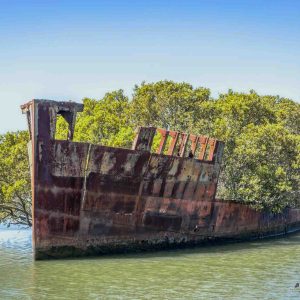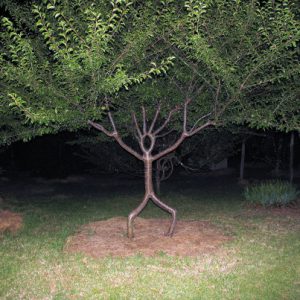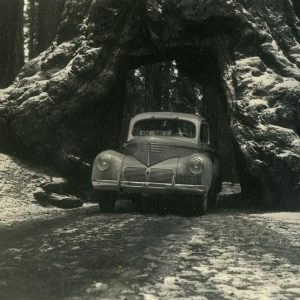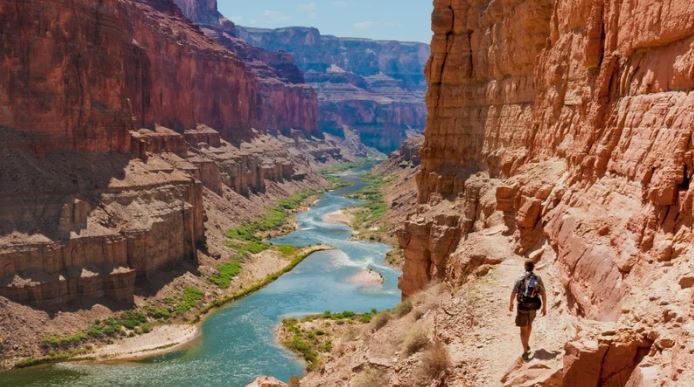
The Grand Canyon is one of the most popular national parks in the United States, attracting millions of visitors each year. While many people know about its stunning vistas and hiking trails, there are still plenty of fascinating facts that even seasoned travelers may not be aware of. Here are 13 things you didn’t know about Grand Canyon National Park:
The Grand Canyon is not the deepest canyon in the world, but it is the most famous. The Yarlung Tsangpo Grand Canyon in Tibet is deeper.
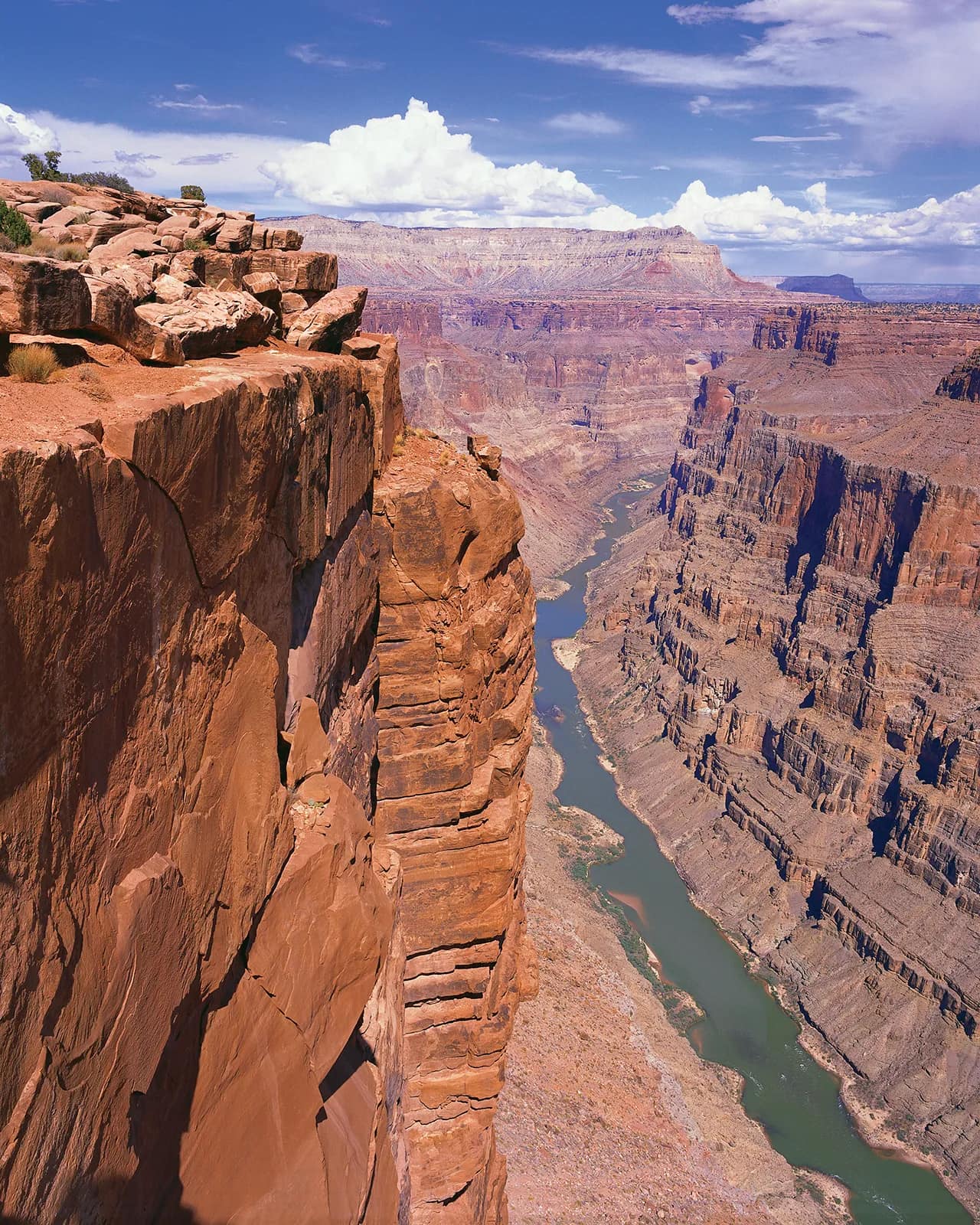
The park covers an area of 1,217,262 acres, making it larger than the state of Rhode Island.
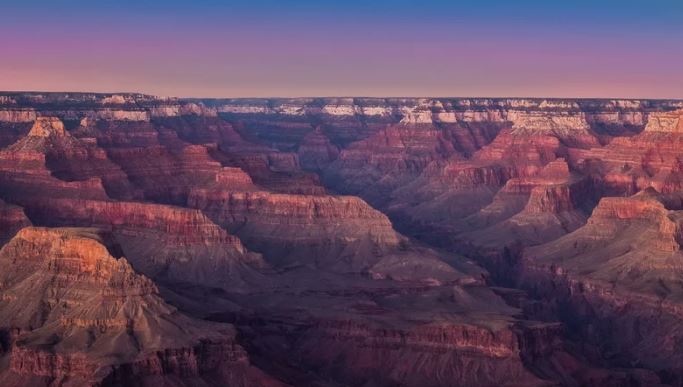
The Grand Canyon was first designated as a national monument in 1908 by President Theodore Roosevelt, and later became a national park in 1919.
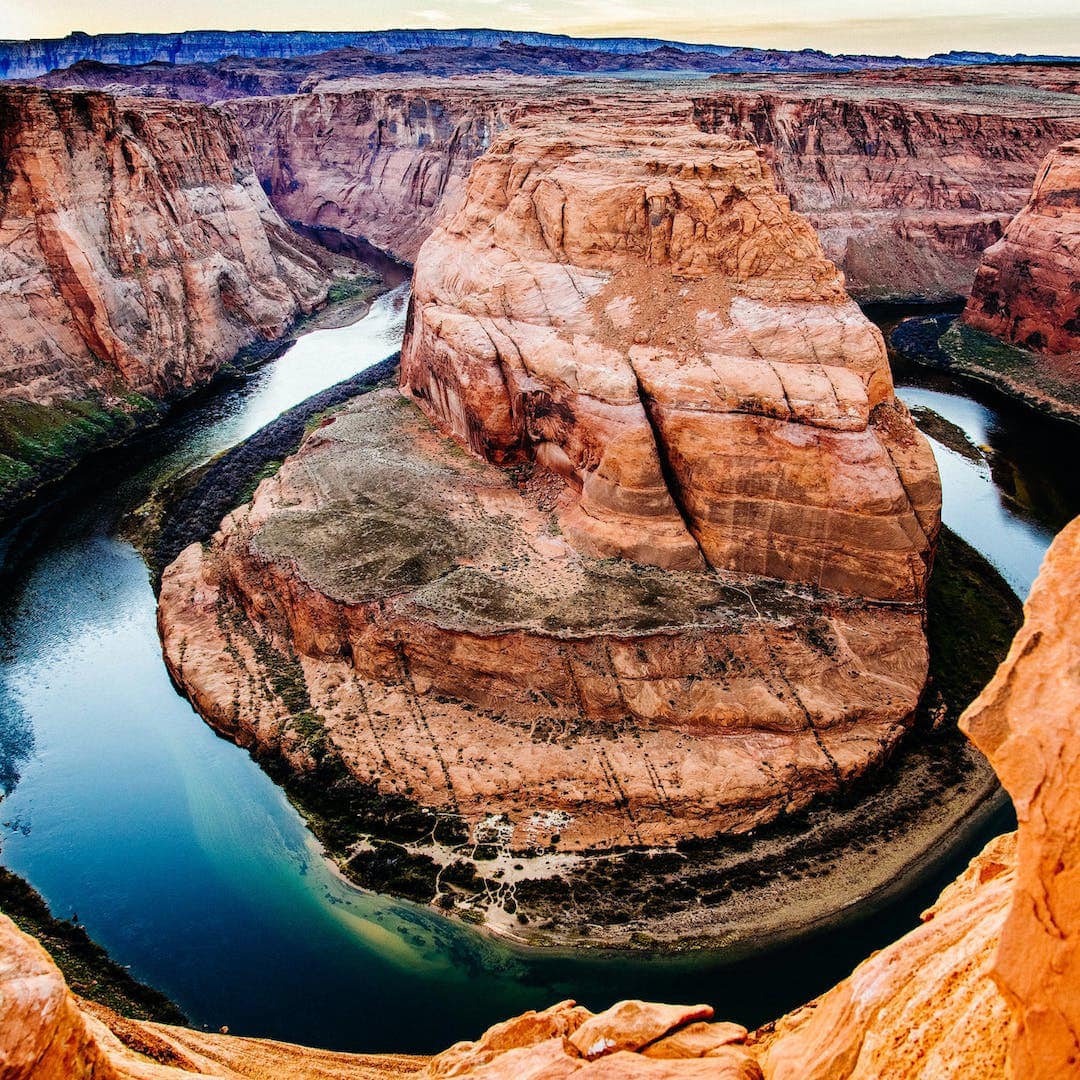
The canyon is over 270 miles long and up to 18 miles wide in some areas.

The Colorado River, which runs through the canyon, is over 277 miles long.
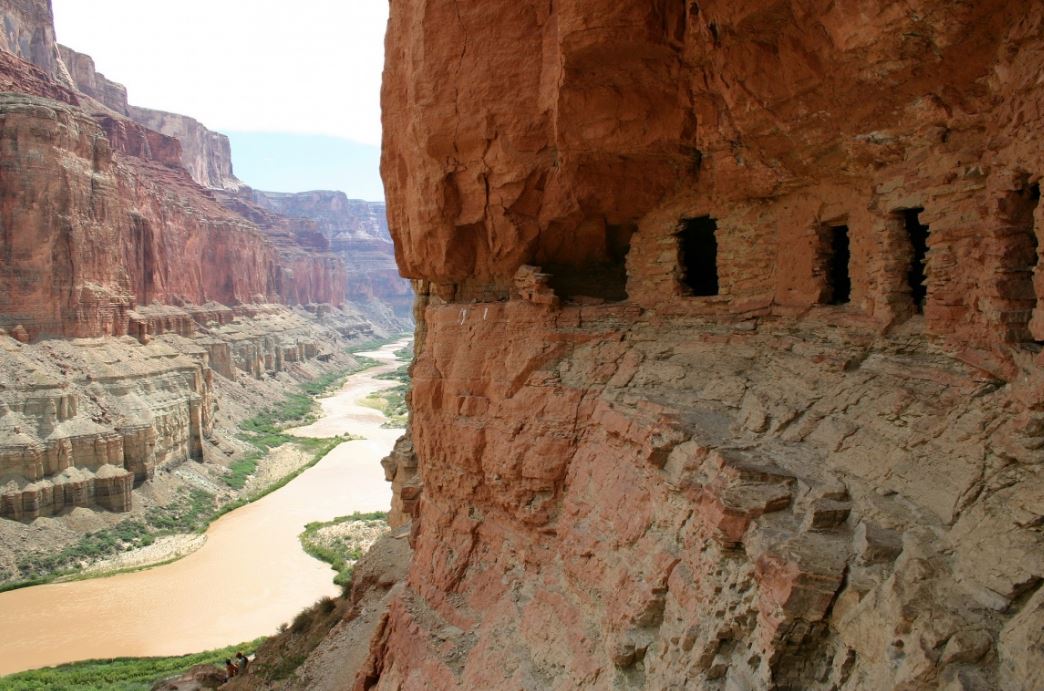
The rock layers visible in the canyon date back over 2 billion years.
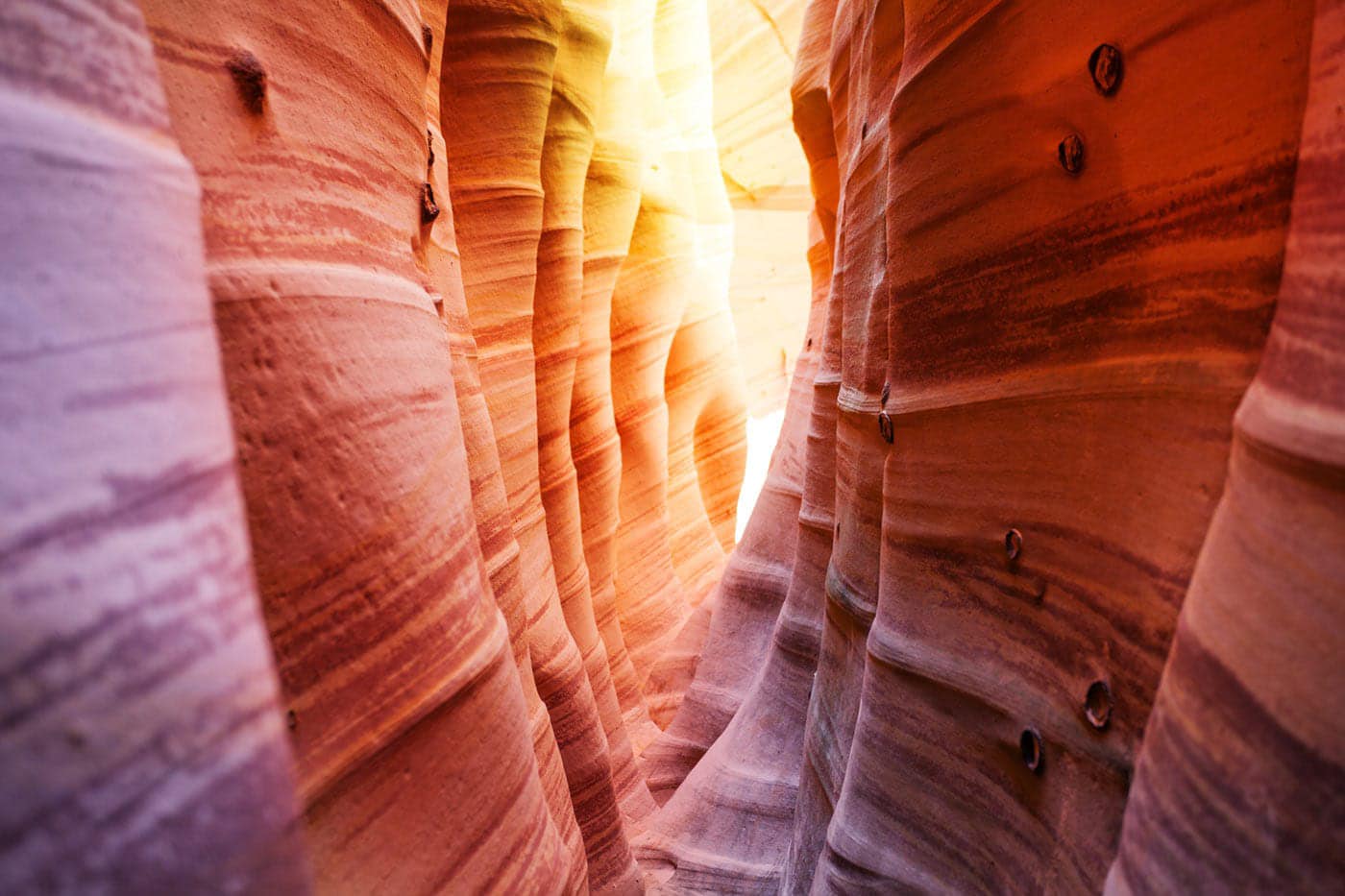
The Grand Canyon is home to over 1,500 plant species, 355 bird species, 89 mammal species, and 47 reptile and amphibian species.
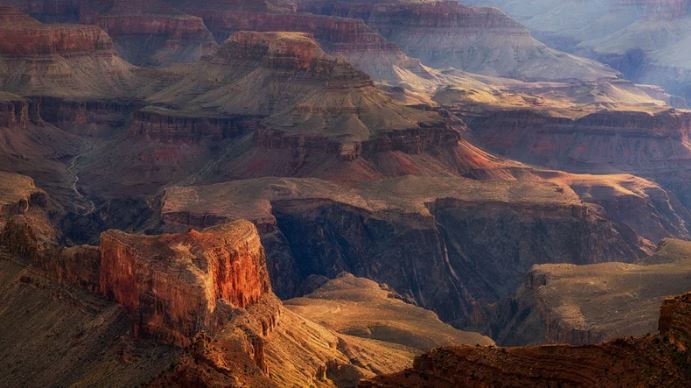
The park has five different climate zones, ranging from desert at the bottom of the canyon to subalpine at the highest elevations.
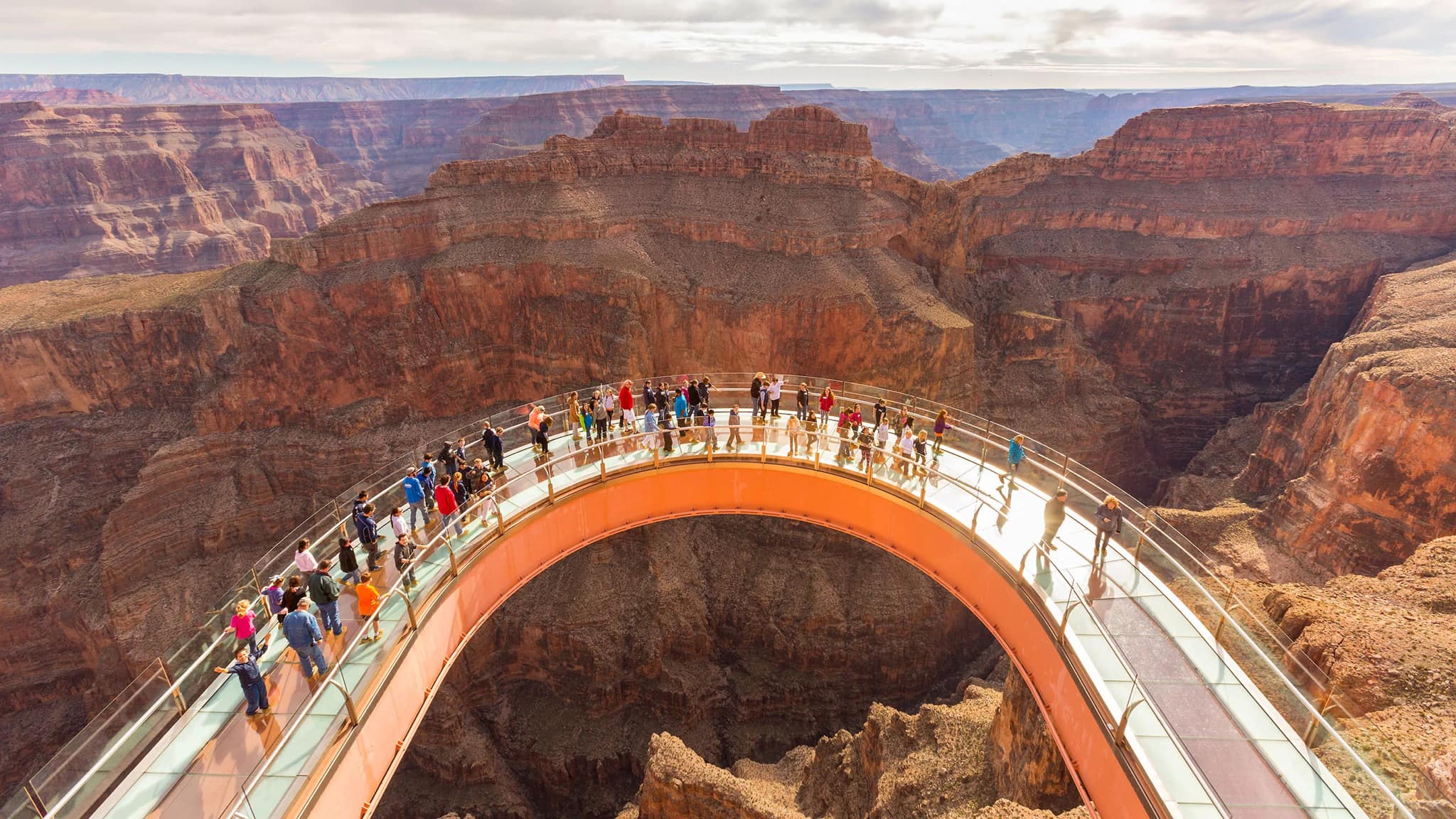
The Bright Angel Trail, one of the park’s most popular hiking trails, was originally used by the Havasupai people to access water sources at the bottom of the canyon.
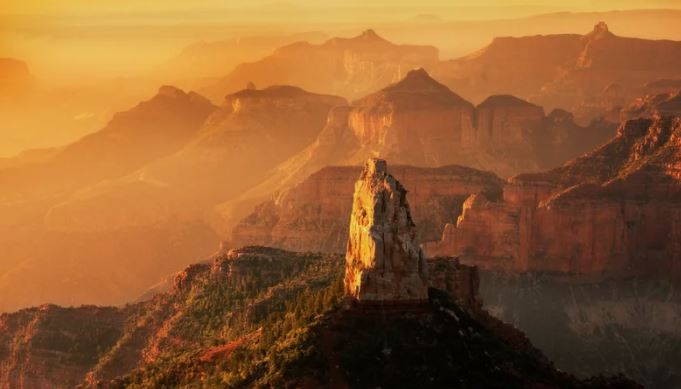
The Grand Canyon is home to several Native American tribes, including the Havasupai, Hualapai, and Navajo.

The park is an International Dark Sky Park, meaning it has exceptional opportunities for stargazing.
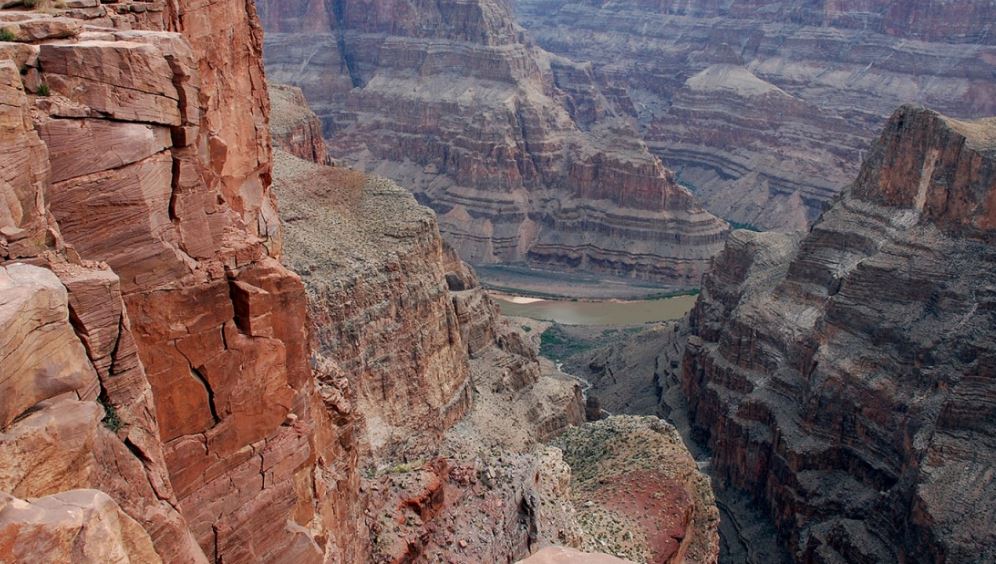
The Grand Canyon has been the site of several scientific studies, including experiments on the effects of isolation and confinement on human behavior.
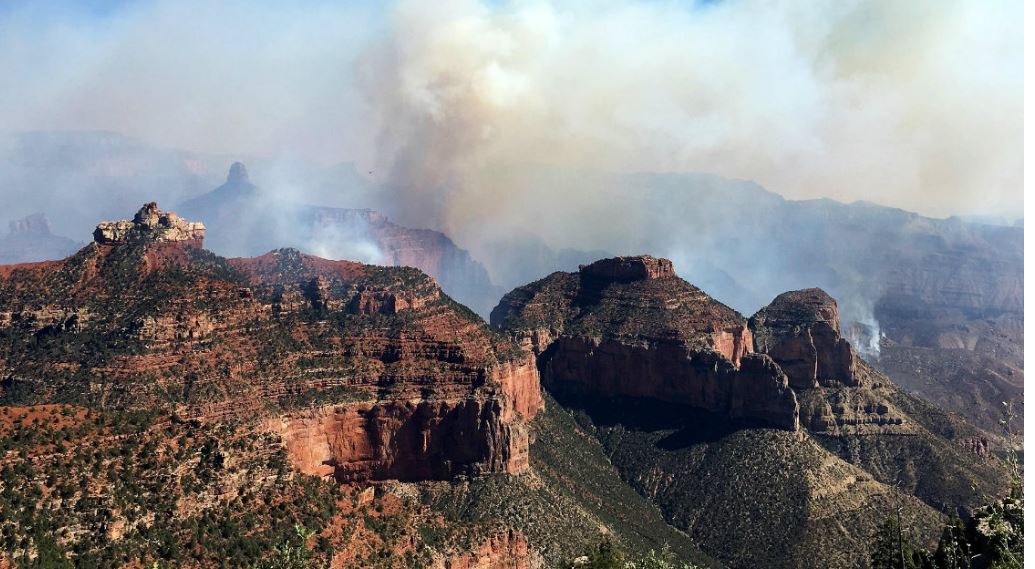
The park’s Phantom Ranch, located at the bottom of the canyon, is only accessible by foot, mule, or raft and has no road access.

Whether you’re a first-time visitor or a seasoned Grand Canyon enthusiast, these facts are sure to deepen your appreciation for one of the most awe-inspiring natural wonders in the world.


